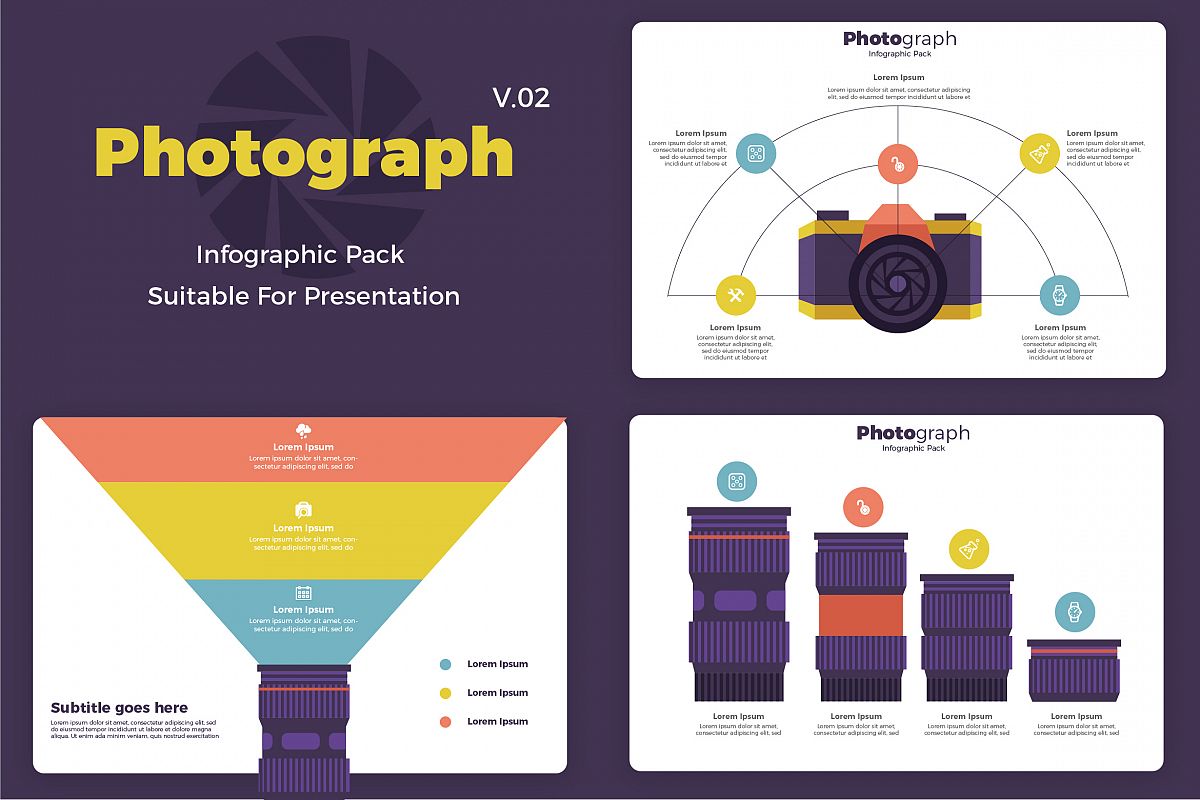Recognizing Make-Up: The Basics Every Professional Photographer Should Know
Recognizing Make-Up: The Basics Every Professional Photographer Should Know
Blog Article
Created By- Company photographer
When you pick up your electronic camera, understanding the basics of make-up can significantly raise your photography. Strategies like the Rule of Thirds, Leading Lines, and efficient framing aren't just guidelines; they're crucial devices that can change your images from mundane to mesmerizing. By understanding these principles, you'll find yourself catching not just images, yet stories that resonate. Yet what happens when you start flexing these rules? Checking out that can bring about unforeseen and powerful cause your job.
The Rule of Thirds
One of the most important concepts in digital photography is the Policy of Thirds. This technique helps you create well balanced and appealing compositions, attracting the customer's eye to one of the most important aspects in your picture.
Visualize dividing your frame into a grid of nine equal parts with two straight and 2 vertical lines. By https://petapixel.com/2020/04/22/humorous-self-portraits-capture-the-different-types-of-people-in-quarantine/ along these lines or at their crossways, you normally improve your photo's aesthetic charm.
Rather than centering your topic, attempt positioning it off to one side. This strategy presents space and context, enabling audiences to explore the surrounding area.
For landscapes, put the perspective along the leading or bottom 3rd line, highlighting either the sky or the land.
When you're catching pictures, align the topic's eyes along the top 3rd line for a more vibrant look.
Trying out the Rule of Thirds will certainly bring about more engaging and professional-looking photos.
Leading Lines
Use the power of leading lines to direct your audience's eye via the structure and develop a feeling of depth in your photography.
Leading lines are natural or manufactured components that draw attention and lead the audience's look toward the major subject. They can be anything from roadways, rivers, fences, or even shadows.
When you integrate leading lines, consider exactly how they can enhance your structure. Begin by recognizing solid lines in your scene.
Position on your own to utilize these lines effectively, guaranteeing they result in your prime focus. As an example, a path introducing a landscape can evoke a sense of trip and invite the customer to check out the scene.
Try out various angles and viewpoints. Sometimes, shooting from a lower angle can produce more dynamic leading lines, while a higher perspective can offer a more comprehensive context.
Framework and Balance
Framing and equilibrium play critical roles in producing visually compelling photos. When you mount your subject, you're basically creating a boundary that draws the visitor's eye directly to the prime focus. You can utilize natural environments like branches, doorways, or home windows to accomplish this impact.
Don't ignore the power of framework; it adds depth and context, making your picture extra interesting.
Equilibrium, on the other hand, ensures that your make-up feels secure and unified. You can achieve equilibrium through balance or by dispersing aesthetic weight uniformly across the framework. If you place a huge topic on one side, think about adding smaller sized elements on the contrary side to counterbalance it.
This technique stops your photo from feeling uneven and creates a feeling of efficiency.
Experiment with both framing and balance in your photography. Take several shots from various angles, adjusting just how you mount your topic and how you distribute aspects within the scene.
As you method, you'll create an instinctive understanding of how to develop compositions that reverberate with viewers and stimulate feeling. Remember, grasping these components can change an ordinary photo into a striking masterpiece.
Conclusion
By understanding make-up methods like the Policy of Thirds, Leading Lines, and Framework, you can elevate your photography to new elevations. These principles help you produce balanced, interesting pictures that draw viewers in and inform engaging stories. Bear in mind to experiment and count on your reactions as you exercise these fundamentals. With time and commitment, you'll transform normal shots into artistic expressions that truly resonate with your audience. Keep capturing, and let your imagination shine!
